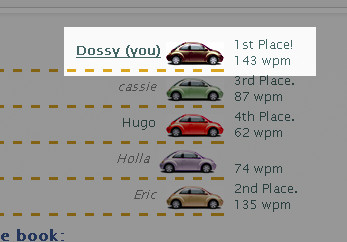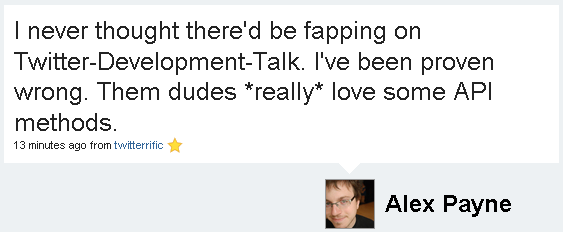Back in 2003, when I started working for AOL, there was a race to launch a digital music store for the Windows platform. The company to beat was Apple, who launched their Windows port of iTunes in October 2003. At that time, AOL was still claiming to have over 24 million subscribers. Clearly, if AOL could push out a digital music store offering as part of their service to that many customers before Apple, it might have made a difference.
But, wait … AOL launched its MusicNet offering as early as February 2003, you say? Beating Apple didn’t make much of a difference, after all, right?
I wasn’t directly involved in any of that work at AOL so I’m just speculating here, but I know a lot of effort went into rights management systems and DRM. I’m willing to bet a lot more effort went into getting all that stuff working than actual work on making the product–the music store–kick ass. I kept complaining that AOL should take advantage of its then-800-pound gorilla nature and spend its budget and manpower to invent and pioneer a business model that was DRM-less, rather than spend all that time trying to satisfy everyone’s wacky demands trying to implement DRM.
At the time, I kept hearing responses that all boiled down to: it’s not going to happen. I’ve learned that nothing happens unless someone makes it happen and AOL certainly could have been one to make it happen. This reminds me of a quote I love: “People aren’t resistant to change. Matter of fact, people will change just about anything in order to maintain the status quo.”
Fast-forward five years to 2008: Amazon, Walmart and even Apple (through iTunes Plus) are offering completely DRM-free music downloads. Somehow, things are changing from “not going to happen” to “it’s happening” to “it’s happened.” What makes me sad is that instead of rendering itself irrelevant, AOL could have pioneered this.
Regardless, I’m happy that we can finally start saying goodbye to DRM for real. Now, companies can start focusing on really innovating where it counts–identifying, funding, producing and distributing quality digital content–instead of on meaningless technology like DRM.
Tags: digital content, DRM, AOL, Apple, music




Latest comments